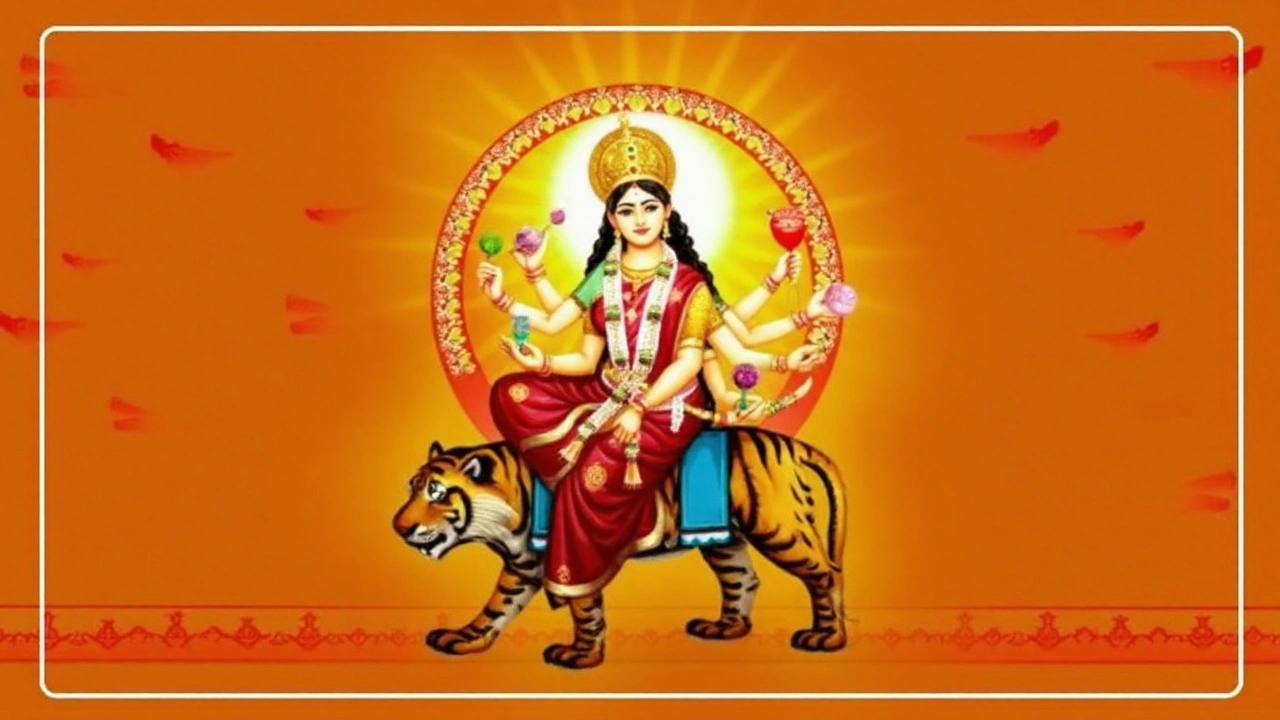Puja Vidhi: Understanding Hindu Worship Procedures
When exploring Puja Vidhi, the traditional sequence of actions performed during a Hindu worship ceremony. Also known as ritual procedure, it guides devotees through preparation, invocation, offering, and concluding prayers. This framework isn’t just a list of chores; it’s a roadmap that connects the devotee’s heart to the divine. Puja Vidhi brings order to the spiritual space, ensuring every step has purpose and reverence.
A Hindu ritual a structured set of customs observed in worship and festivals provides the cultural backdrop for any Puja Vidhi. The ritual usually starts with cleansing the area, lighting a lamp, and arranging a kalash. These actions create a sacred boundary that invites divine presence. Mantra a sacred sound or phrase repeated during worship follows, setting the vibrational tone for the ceremony. Chanting the mantra activates the spiritual energy required for the offerings.
Key Elements of a Puja Vidhi
One of the most visible parts of the ceremony is the Aarti the ritual of waving lighted camphor or incense before a deity. Aarti signals the climax of the puja, allowing participants to express gratitude through light. After Aarti, the priest distributes Prasad blessed food offered to the deity and then shared with devotees. Prasad carries the sanctified energy of the ritual back into daily life, turning the kitchen into a sacred space.
Every Puja Vidhi requires specific items to work smoothly. The essentials include a diya (lamp), incense sticks, fresh flowers, and a clean cloth. These objects aren’t decorative; they each hold symbolic meaning. The lamp represents illumination of the mind, incense purifies the air, flowers express devotion, and the cloth signifies purity. Without these tools, the ritual loses its structural integrity, making the ceremony feel incomplete.
Regional variations add flavor to the core structure. In South India, a coconut might crown the kalash, while in Bengal, a sweet called mishti is offered as prasad. These local touches illustrate how Puja Vidhi adapts to cultural contexts without breaking its fundamental sequence. The underlying pattern—cleanse, invoke, offer, conclude—remains constant across states and communities.
Modern families often blend tradition with convenience. Some use online platforms to stream priest‑led pujas, yet they still follow the same steps: lighting a lamp, chanting mantra, performing aarti, and sharing prasad. This shows that Puja Vidhi isn’t bound by location; it lives wherever sincere intent is present.
Understanding the purpose behind each step helps newcomers avoid common mistakes. Skipping the purification stage, for instance, can diminish the sense of sacredness. Overlooking the mantra might lower the vibrational frequency needed for a successful offering. By respecting every component, participants ensure the ceremony fulfills both personal devotion and communal harmony.
Below you’ll find a curated collection of articles that dive deeper into each element—whether you want to master the perfect aarti, choose the right mantra, or learn how regional customs shape Puja Vidhi. Browse the list to expand your practice and enrich your worship experience.

